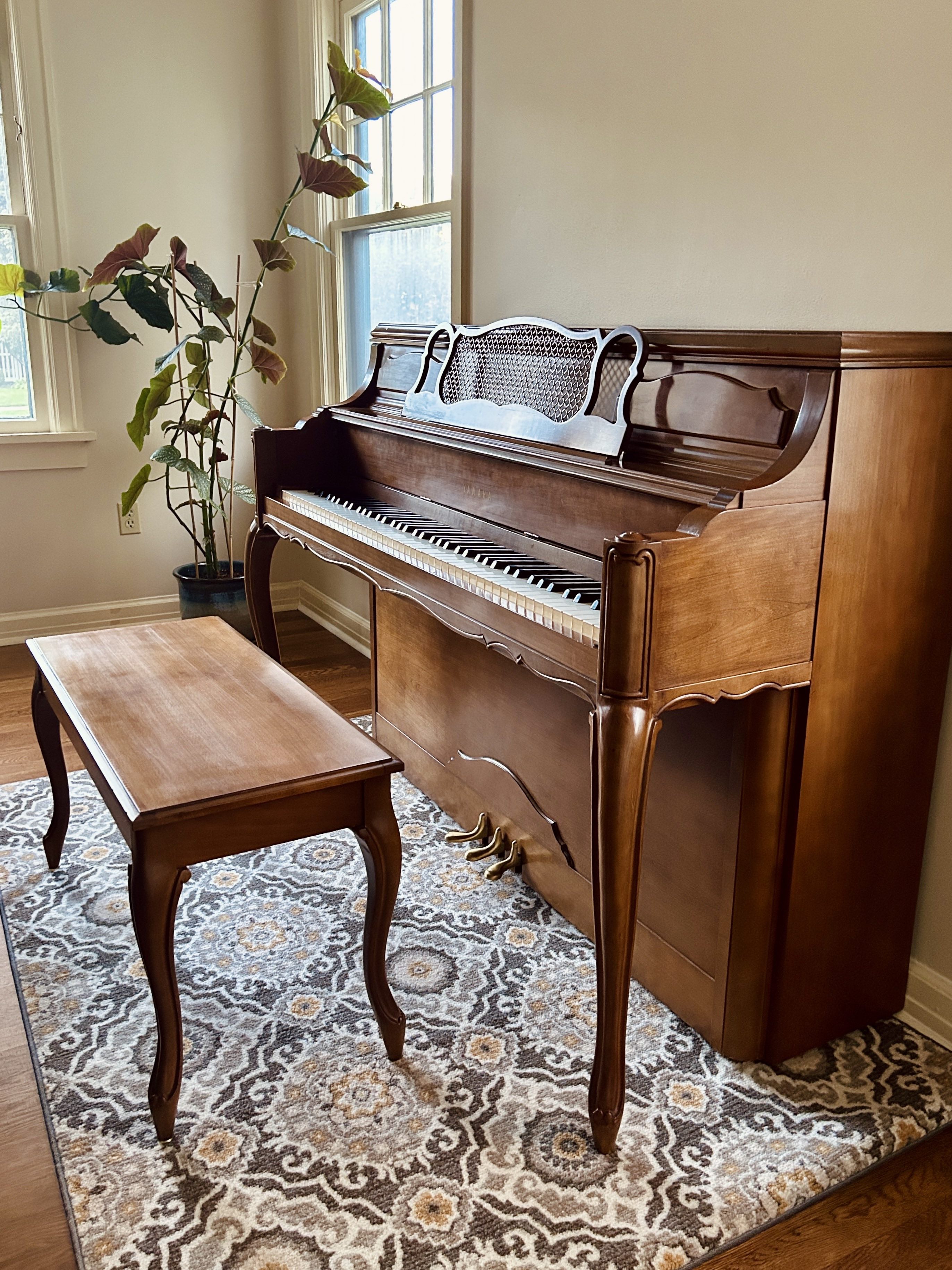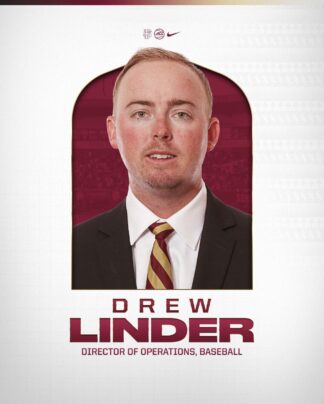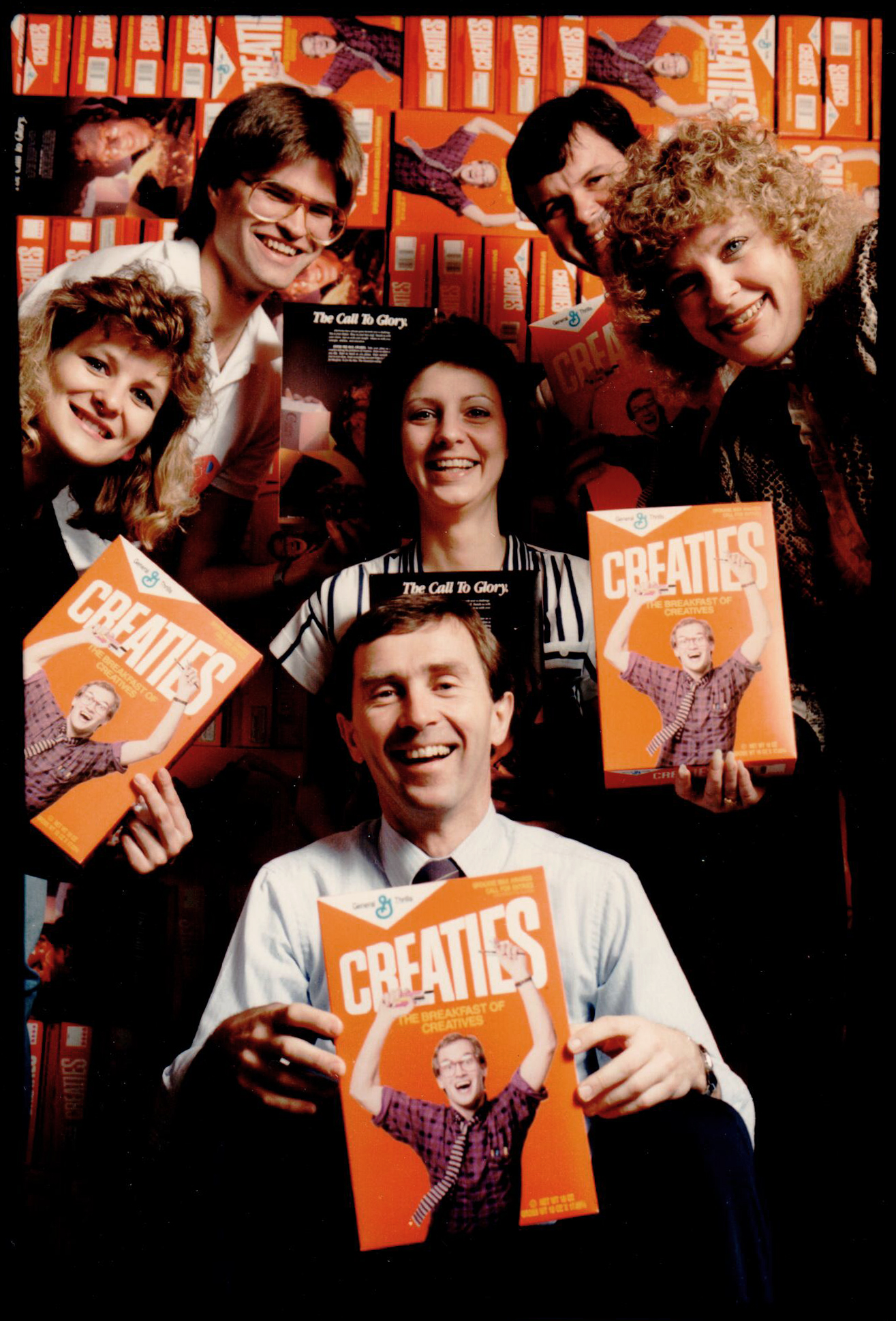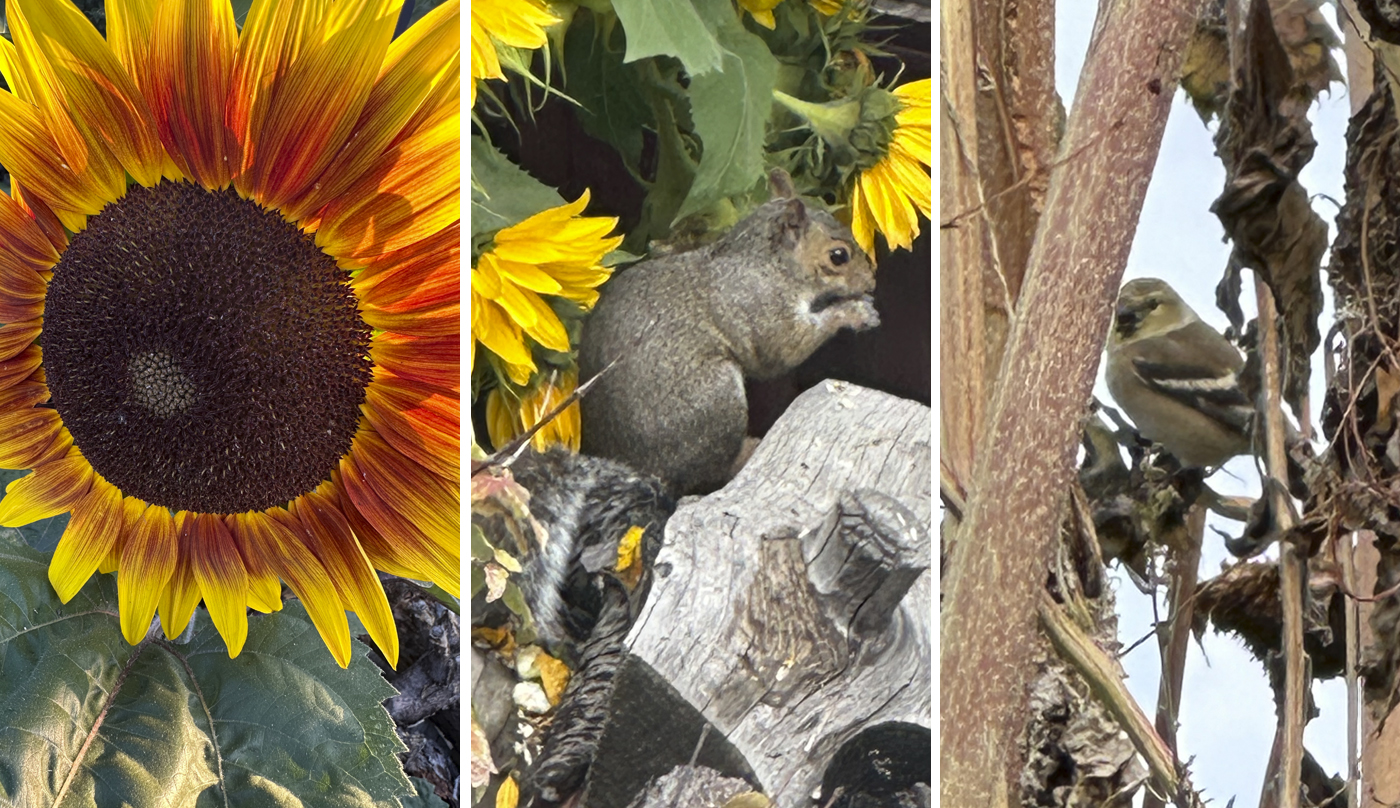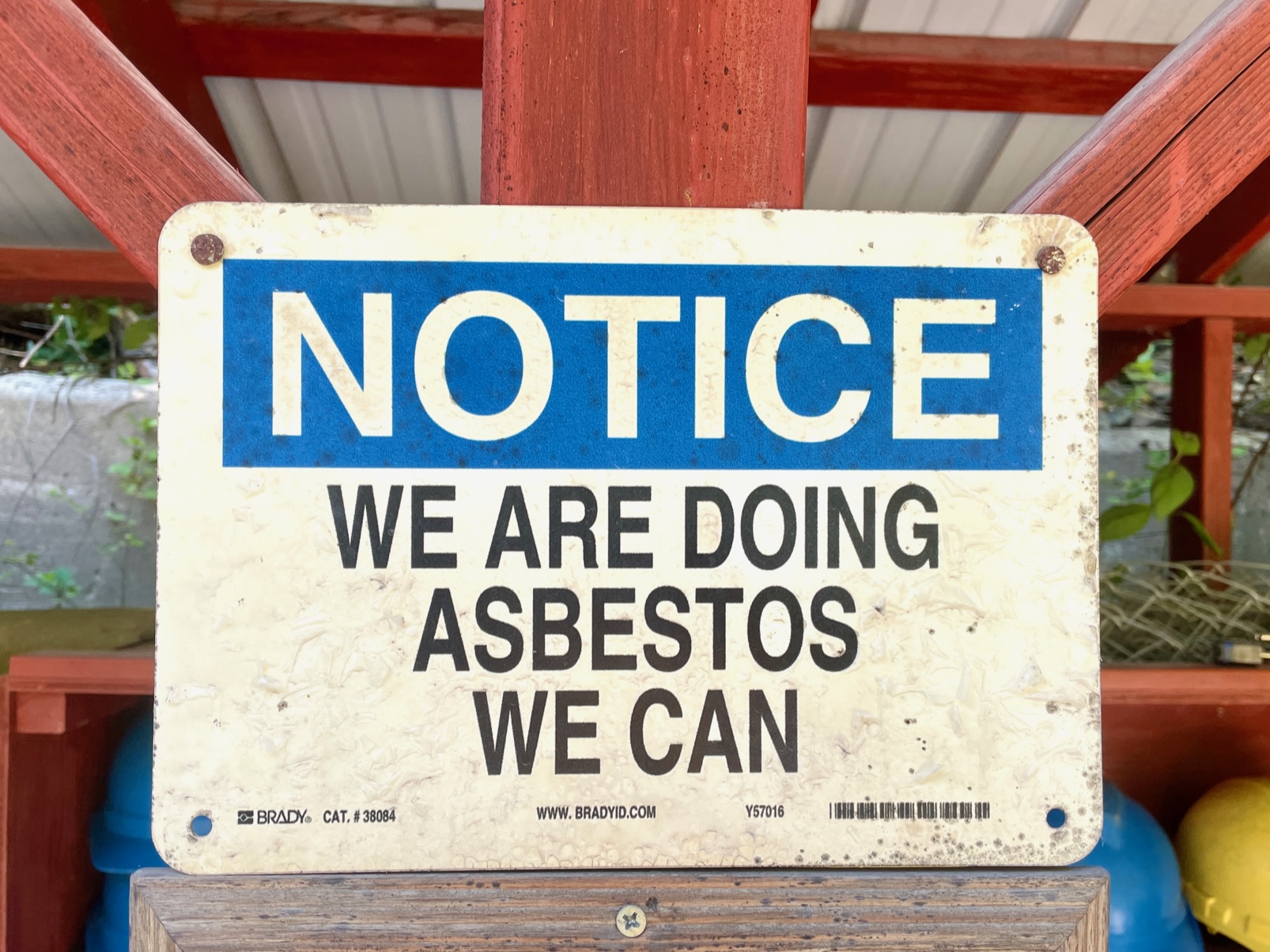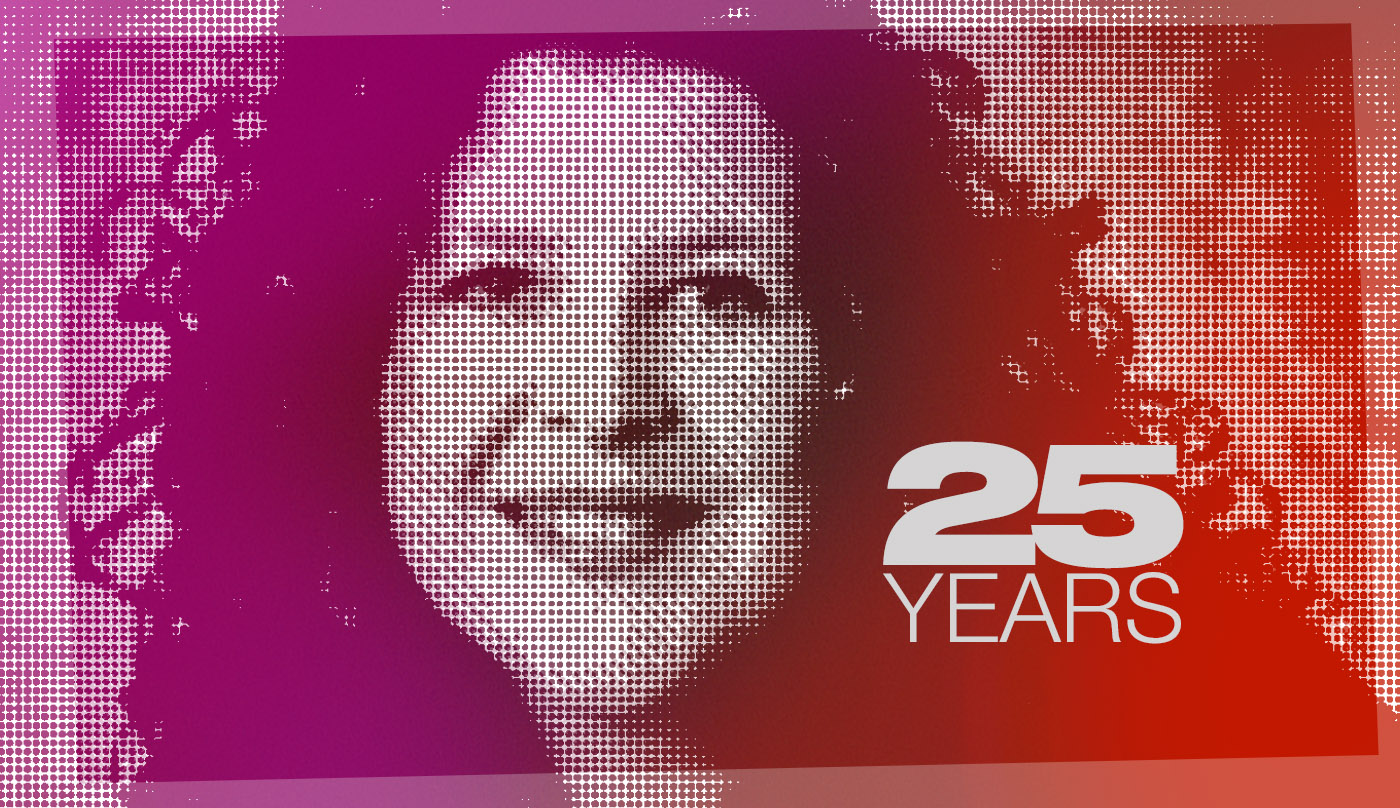
Fart-squirrel. A term gifted to me by a woman as hilarious as she is hardcore, as caring as she is blunt, as principled as she is hopelessly addicted to iced tea. I say this having known her for only 46 days, because to meet Shirlee Roberts-Downey is to recognize the force of her.
For 25 years, SR-D has woven herself into this company to the point of true irreplaceability. Not just in terms of the broad and formidable skillset no resumé could capture, but also the personality she brings into every room. She’s on the short list of people I want on my team in the apocalypse, for the laughs and her ability to MacGyver absolutely anything.
If I feel this way after so little time working with Shirlee, you can imagine what her longtime coworkers are feeling on this special anniversary.
Former senior copywriter Aaron Bragg, known to Shirlee as “Beav” (short for Word Beaver – don’t ask), was the first to respond to my request for unbridled gushing.
I used to think Shirlee was the smartest person I’d ever met. Then I caught her listening to Bon Jovi. I know, I know, there’s always hope – after all, Jean Valjean finds redemption and Siddhartha eventually achieves enlightenment. Still, it’s like finding out that Mister Rogers is a serial killer.
Digital guru Mike Miller has been with the firm even longer than Shirlee, and they’re constantly on the phone solving tech puzzles that should be impossible.
I started working at Anderson Mraz Design about three weeks before Shirlee. I remember John and CK asking me how I would feel working with her. In my past experience in digital printing, my opinion of and interaction with Shirlee was that of a vendor on the receiving end of a perfectionist designer. I knew I would never be able to sneak anything that wasn’t perfect by her. I hope over the years that we have taught each other a few things and together learned how to push the boundaries of perfection.
Brand strategist/designer/resident Costco Fairy Linda Anderson shared a story that explains why Shirlee is brandishing a photo of a giant spider in her homepage mugshot.
I recall a day at our old office, where Shirlee, Aaron, and other designers shared a space. We’ve known that Shirlee has… ahem… unusual taste in pets, including reptiles. But this furry pet she kept at the office in a home her husband fashioned out of an old iMac case. The problem is, this pet had eight legs. One day, Aaron came in and discovered that the lid of the case was ajar and a couple of furry legs of her pet tarantula were hanging out. No, it did not get out; and I was across the office in another corner. But that was waaaay too close for comfort. I’ve never forgotten. We love Shirlee anyway – in spite of her creepy-crawlies. And now I have itches…
Principal and creative director CK Anderson counts on Shirlee to give him “that look” when something a client asks for isn’t gonna happen. Because if there’s a way, she’ll find it and make it look effortless (and possibly like a pipe bomb that might get you in trouble at the airport). I wouldn’t be surprised if she gets weekend calls from clients trying to figure out how to program their smart refrigerators.
Staying put for 25 years, particularly at a small company, is remarkable.
I’ve always felt that if there were a competition for production designers – a contest based on one’s knowledge of preparing files for reproduction, for every type of job imaginable, where accuracy and attention to details were measured, Shirlee would win hands down.
Without a doubt, Shirlee has helped maintain and strengthen the relationships with our clients – some of which she’s worked with since her first day on the job.
We’ll end with cofounder and “professional tumbleweed” John Mraz, because he legitimately gushed. On a recent visit to headquarters, he hung around to make sure he caught Shirlee coming back from her lunch break, just so he could get his hug. A bona fide bear-hug that spoke to the camaraderie running through the soul of this company. So obviously, Shirlee is a substantial piece of that soul.
Ahhh, Shirlee, Shirlee, Shirlee…
For starters, she’s lasted longer at AMD/HCKA than I did! And that’s a fact, Jack! To accomplish this feat, Shirlee has employed, deployed, and applied many skills and attributes, such as:
Eagerness to learn
Patience
Ambition
Even-tempered – vast majority of the time 🙂
Embracing new technologies
Admirable social skills with coworkers, vendors, and clients
Patience
Good work ethic
Great sense of humor
Very teachable
Production file MASTER
Patience
Questionable… music choices (headbanger), movie choices (horror)
Loved the roller derby challenge… props for that
Dependable
Well-behaved 🙂
Seldom used “eye-roll” but highly skilled at answering a question, briefly, in a tone that conveyed an extra, silent, mental thought of, “You dumb shit.”
Gives best hugs!
Have I mentioned patience?
This could go on for a few more pages, but I will wrap it up.
Congratulations, Shirlee! To quote the great Tina Turner: “You’re Simply the Best!”

